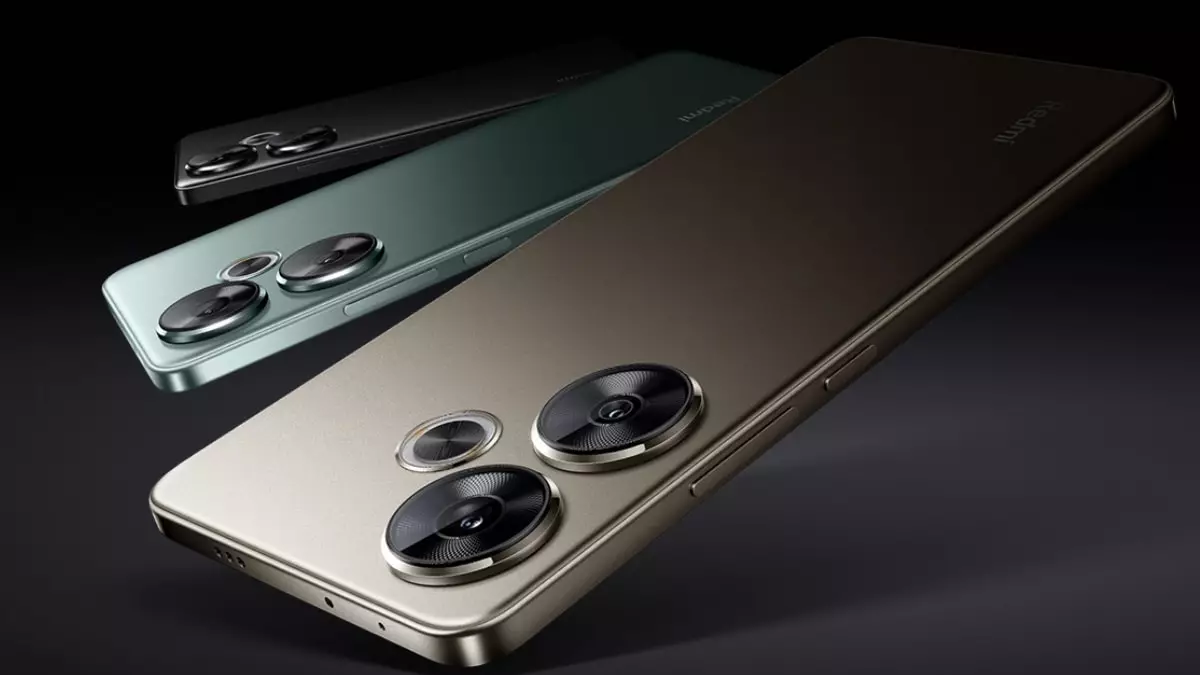The tech community is buzzing with excitement as Redmi gears up for the anticipated early 2025 launch of its innovative smartphone, the Redmi Turbo 4. This device is generating significant interest not only due to its branding but also because it will be the inaugural phone to feature the latest MediaTek Dimensity 8400-Ultra chipset. As we await further details, this development hints at a robust performance that could redefine user expectations in the mid-range smartphone market.
MediaTek recently unveiled its Dimensity 8400 SoC, marking a significant advancement in mobile computing capabilities. This new chipset is expected to outperform its predecessor, the Dimensity 8300, and elevate the performance threshold of mid-range smartphones. Realme is also in the fray, having teased a forthcoming handset that will utilize this powerful processor. Speculations suggest that the Realme Neo 7 SE will be one such device, presenting yet another attractive option for tech-savvy consumers.
The Dimensity 8400-Ultra features a configuration with eight Cortex-A725 cores, offering remarkable processing speeds, especially with a primary core that reaches up to 4.32GHz. This indicates that next-generation games and intensive applications will run smoothly, fostering an engaging experience for users. Additionally, the inclusion of the Arm Mali-G720 GPU promises enhanced graphics performance, essential for gaming and multimedia consumption.
Recent leaks concerning the design of the Redmi Turbo 4 reveal a dual rear camera arrangement alongside a flat display characterized by exceptionally thin bezels. This aesthetic approach not only maximizes screen real estate but also positions the Redmi Turbo 4 as a sleek contender in the saturated smartphone market. The choice of a flat display may appeal to a user demographic that favors traditional aesthetic values, steering clear of the trend towards curved screens.
While specifications hint at a camera configuration capable of supporting sensors up to a staggering 320 megapixels, it remains to be seen how effectively this translates into practical photographic capabilities. Furthermore, the display is rumored to support WQHD resolution with refresh rates reaching up to 144Hz, which would significantly enhance both everyday use and gaming experiences.
AI Integration and Future Tech Implications
One of the standout features of the Dimensity 8400-Ultra chipset is its MediaTek NPU 880, designed to optimize generative AI tasks. As artificial intelligence applications become ever more integrated into smartphone functionality, from photo enhancements to voice recognition capabilities, the selection of this chipset suggests that Redmi is aligning itself with future technological trends.
The Redmi Turbo 4 is not merely a reflection of current consumer preferences but represents a proactive step towards embracing innovations that could redefine user interactions with mobile devices. As we inch closer to its launch, the anticipation surrounding its capabilities reflects a broader industry trend towards high-performance, feature-rich smartphones that cater to the evolving demands of consumers.
The Redmi Turbo 4, with its cutting-edge chipset and sleek design, positions itself as a formidable player in the upcoming smartphone landscape, promising to deliver a blend of speed, functionality, and aesthetic appeal to its users.


Leave a Reply